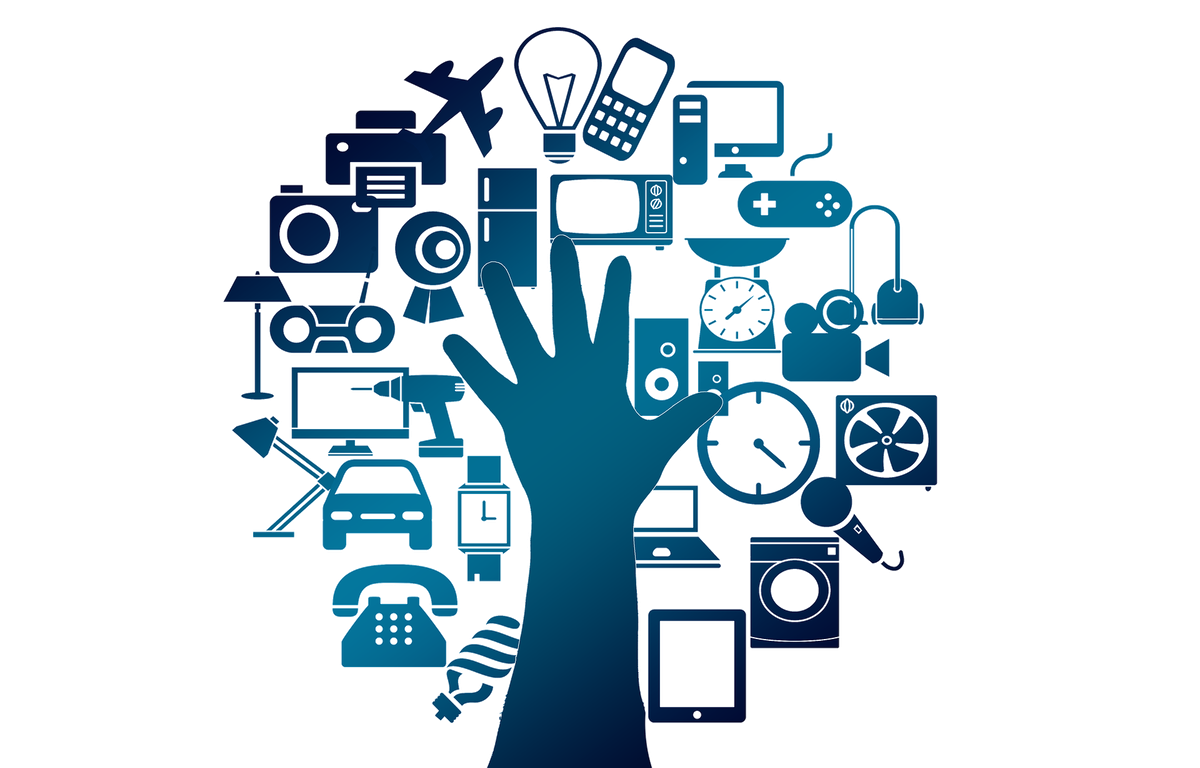Congress Looks for Legislative Barriers to Internet of Things, But Finds None
WASHINGTON, June 18, 2017 — Members of the House Energy and Commerce Subcommittee on Digital Commerce Consumer Protection on Tuesday met with executives from companies producing products that could be considered part of the “Internet of Things” (IoT) with the aim of uncovering regulatory or legislat










Member discussion